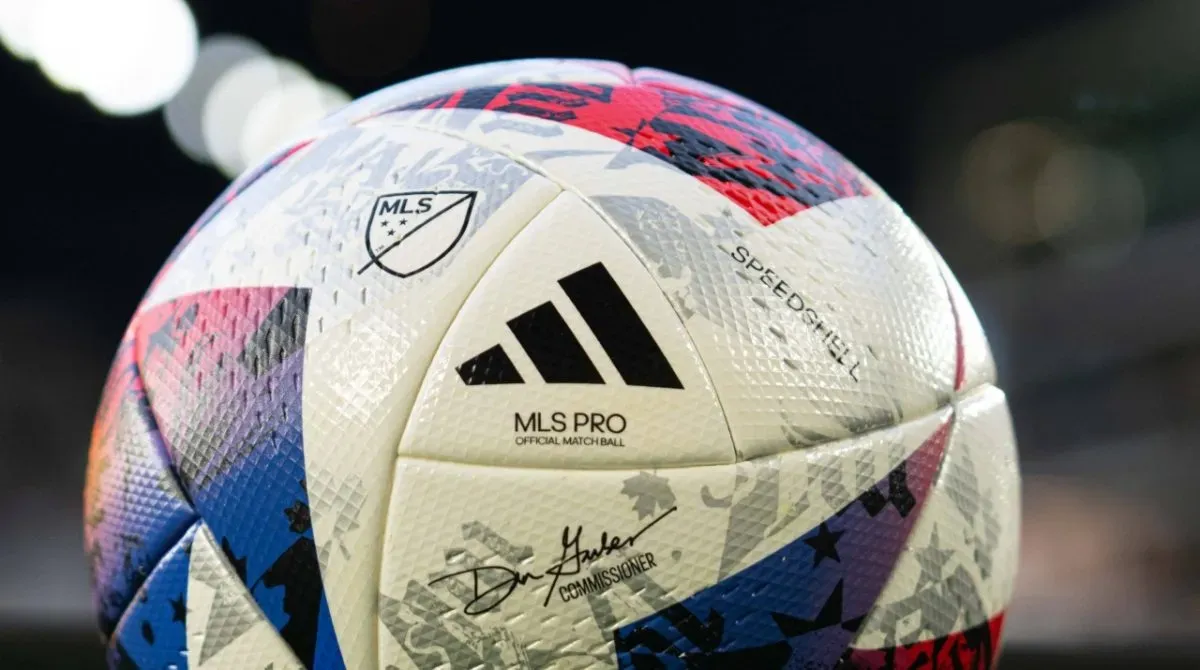Major League Soccer is different. It has a format, number of teams, contract rules, and several other intricacies of the league that make it stand out from the rest of world soccer. Some of those differences are good, and they provide MLS methods of differentiating from the negatives of world football. Other parts of MLS make soccer in the United States overly frustrating to follow.
Regardless, MLS diehard fans embrace these pieces of the league that make Major League Soccer so different.
What makes Major League Soccer different?
Here are a few of the major differences MLS has against world soccer and its organization.
1. Teams trade players without consent
Player transfers are agreed between clubs, but in the rest of the world, before a transfer can be completed, the player has to agree personal terms with the new club. Hence, any player moving between clubs has the final say on the transfer. That is except in Major League Soccer where players can get traded from a team without the player’s permission.
In the history of Major League Soccer, MLS clubs have moved countless players unexpectedly across the country. Then, the players have to move their whole lives with their families, too. For example, Rodolfo Pizarro said it is hard for MLS to have a concept like this. Former LA Galaxy player Robbie Rogers talked about the lack of player rights in MLS after he was traded without his permission.
2. Transfer rules, GAM, TAM, and College Priority Protected Period
Major League Soccer has a salary cap, but it is a league-wide cap, and it is the same for all clubs. The raw salary cap in Major League Soccer for the 2023 season was $5.3 million. Clubs must divide that sum across the contracts of the entire team up to 30 players.
There are exceptions to that, though. TAM, or Targeted Allocation Money, is reserved for players who make an immediate impact on the first team. Generally, these players will make more than the average MLS player, and it is a way for Major League Soccer clubs to bring in top-tier players to the league without affecting the salary cap.

General Allocation Money, or GAM, can apply to any player on the roster. It can lower the salary cap hit of any player, which applies to both designated players and traditional contracts.
They are confusing, especially when teams begin to trade around GAM and TAM. MLS explains the various caveats in the salary cap on its website.
Why does Major League Soccer (and other sports leagues in the United States) have a salary cap when the vast majority of European soccer leagues do not? One reason is that it benefits the billionaire owners of MLS and the NFL.
“The fact that people don’t want to admit that the entirety of sports in the US are set up to suppress player movement and wages… from [high school] transfer rules to amateur status in college, to MiLB, to salary caps, etc,” says Chris Kessell.
“It’s all done to benefit owners (and schools) at the expense of players.”
3. One kit manufacturer for the entire league
Adidas designs and produces each of the kits for the 29 MLS teams. That includes the ball, home kits, away kits, and the rare third kits available to MLS fans. Across the rest of the soccer world, there are multiple manufacturers in one league. For example, Manchester United uses Adidas, Manchester City uses Puma, Liverpool uses Nike, Aston Villa uses Castore and a handful of clubs use Umbro. In total, there are eight kit manufacturers in the Premier League for 20 teams. But, unlike MSL, at the end of the day, it’s up to each club to decide which kit manufacturer it deals with.
There are more teams in Major League Soccer but just one manufacturer. Adidas paid $830 million to MLS for its six-year deal to be the provider of kits for the American top flight.

4. Soccer United Marketing is the sales partner for the Mexico National Team
Soccer United Marketing is MLS’ marketing arm. Primarily, it deals with the promotion of professional soccer in the United States. However, even though it’s a league that’s headquartered in the United States, it generates significant income as a result of the USA’s arch-enemy in soccer… Mexico.
MLS’ marketing arm partners with the Mexico National Team. SUM helps negotiate sponsorship deals for El Tri.
Some of those sponsorship deals include the friendlies the Mexican National Team plays in the United States. Mexico has played its last six friendlies in the United States. Oftentimes, these opponents are the same teams the United States Men’s National Team plays.
Again, the partner for the Mexico National Team is the marketing arm of Major League Soccer. Seldom, if ever, do leagues do that with other national teams, especially their hated rival.
Our Pick:Includes: Exclusive Premier League games, USMNT/USWNT & Women's World Cup in Spanish, & More |
 |
5. MLS makes league-wide decisions
Recently, Major League Soccer drew complaints from fans because it made a league-wide decision to pull out its first teams from the US Open Cup. Thankfully, the US Soccer Federation denied MLS’ request.
MLS makes decisions as a single entity instead of allowing each club to have its own voice. For instance, with the US Open Cup, Major League Soccer decided as a league to abandon the US Open Cup instead of letting each club decide.
No doubt, these above five differences are just the tip of the iceberg when it comes to the peculiarities of Major League Soccer.
PHOTOS: IMAGO















